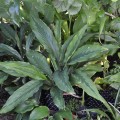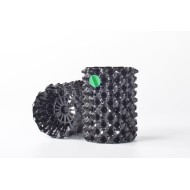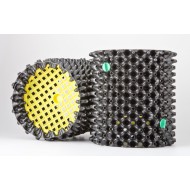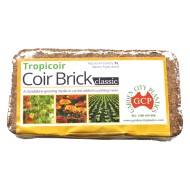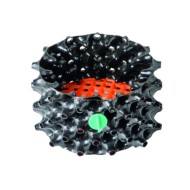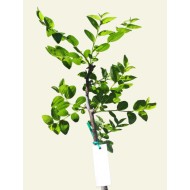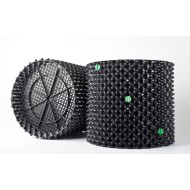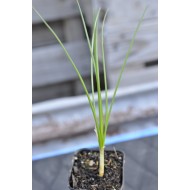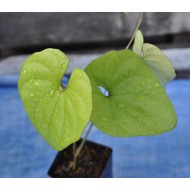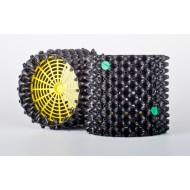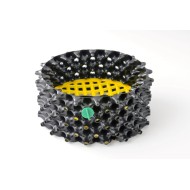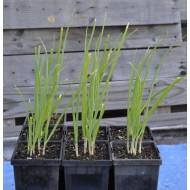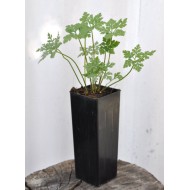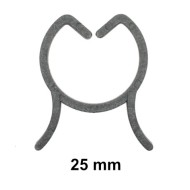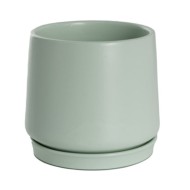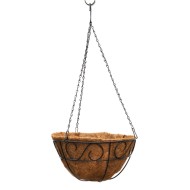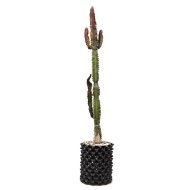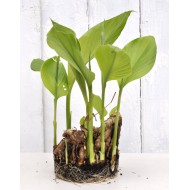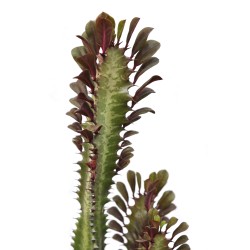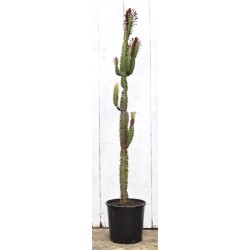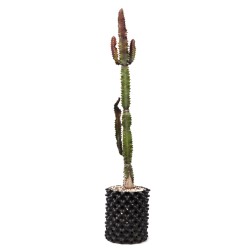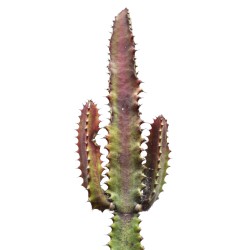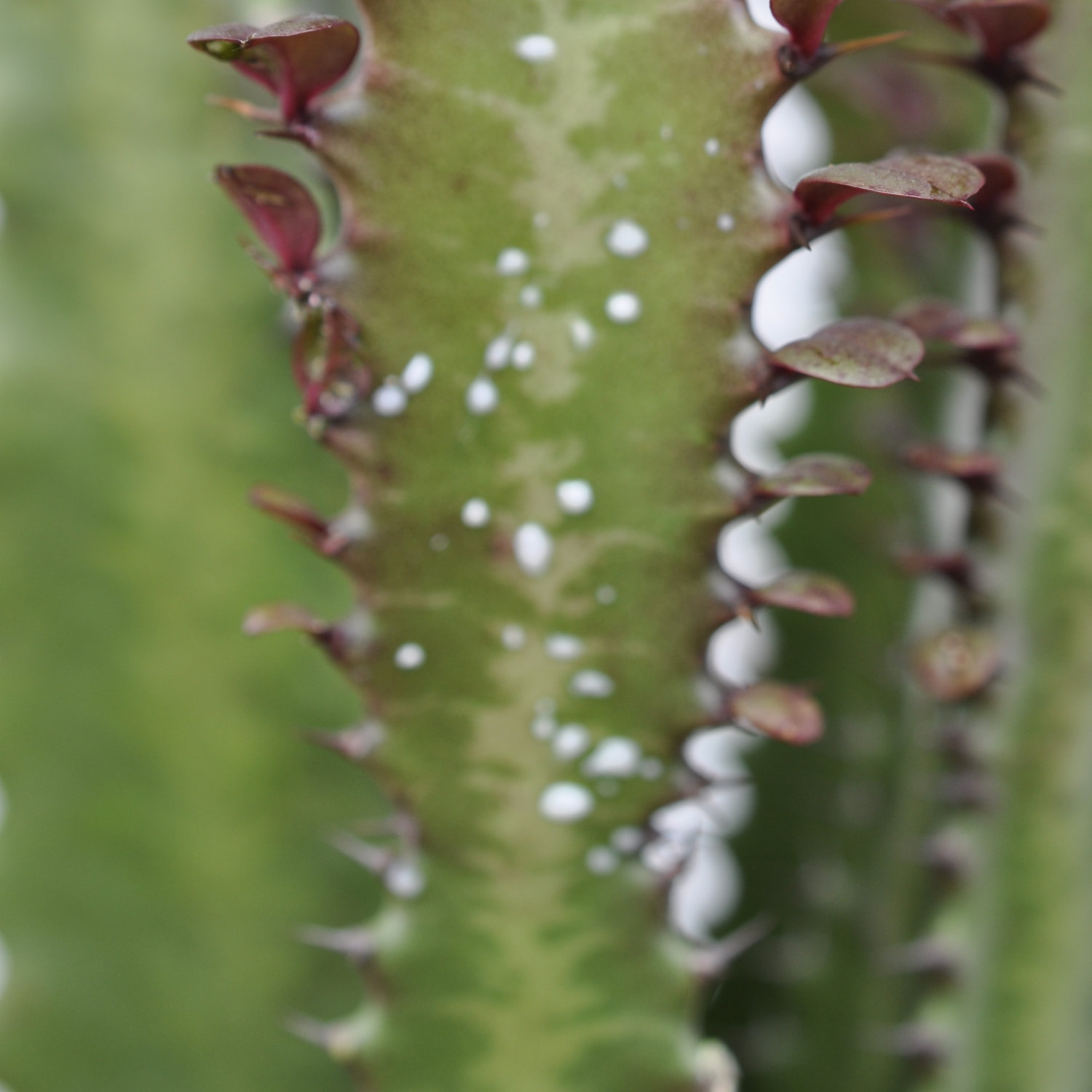 Name: Euphorbiaceae
Name: Euphorbiaceae
Meaning of Name:
Euphorbiaceae, from Latin Euphorbus, from Ancient Greek Εὔφορβος (Euphorbos, the Greek physician of King Juba II of Mauretania, who described the laxative effects of a succulent similar to Euphorbia) + Latin -āceae (the feminine plural of -āceus, ‘resembling’, a suffix used to form the taxonomic family names of plants, algae, bacteria, and fungi)
Common Name:
The spurge family, the euphorbias
Botanical Information:
Euphorbiaceae, or the spurge family, is a very large and diverse family with 300 genera and 7,500 species. Many Euphorbia are succulents and are mistaken for cacti, but cacti do not have the milky latex sap euphorbias are known by.
That the poinsettia, croton, cassava, rubber tree and petty spurge are all euphorbias attests to the extreme diversity of this family.
One botanical characteristic of Euphorbiaceae is the presence of latex, and knowing this can quickly distinguish a true cactus from a cactus-like euphorbia succulent.
The photo chosen to illustrate this family shows the latex of the African red-leaved milk tree (Euphorbia trigona f. rubra.).
Image copyright © Optimate Group Pty Ltd



